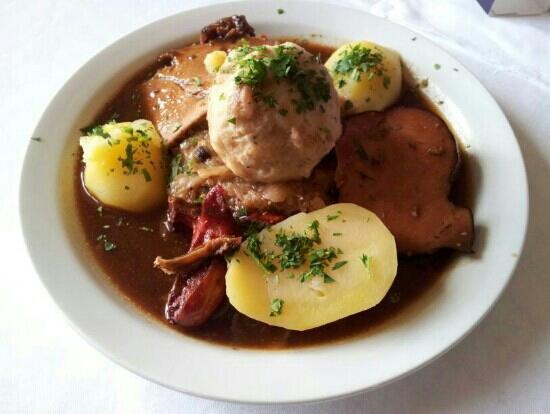Want some insight into Austrian cooking? Find out about the difference in the regional cuisine of Austria and the factors that have influenced them.
The first thing to understand when looking into Austrian cooking is that historically the Austrians are an ethnically mixed people. The Austrians established contact with many different nations during the expansion of the Austrian Habsburg Empire. Amongst the many different nations with whom the Austrians have exchanged culinary customs are the Dutch, Swiss, Spanish, French, Turkish, German, Croatian, Hungarian, Italian, Slovakian and many more. The complete list of the different nations that have influenced Austrian cooking is extensive and almost impossible to trace. This is why the Austrian cuisine is considered as the richest multicultural cooking in Europe.
Regional cooking and their influences
Each region in Austria has its own set of distinct dishes and ways of cooking. It is almost as if each region has its own formalized cuisine which has come into being due to a number of different influences. For example if we are to analyze the cuisine of Burgenland we find that its geography has greatly influenced the eating habits of the people.
The region has a flat topography and is situated in close proximity to Hungary. As a result we find that the cuisine of the region is based around the availability of ingredients in the region. This includes geese and chicken which are freely roaming around in the territory along with the fruits and vegetables that are grown there. Their popular items include a baked strawberry mush dessert and the Buergenlandische which is a dish comprising of goose liver and onions.
When we move towards the South Eastern regions of Carinthia and Styria we find them to be greatly influenced by Italian, Yugoslavian and Hungarian cuisines. The cuisine of the region has a Mediterranean leaning as the climatic conditions are milt hence they have a rich supply of herbs and vegetables. The Steirisches and the Steirisches Poulard are amongst the top notch items from the region.
When you move towards the lower side of Austria you will find a totally different way of cooking as the regions of Niederoesterreich are influenced by Middle Eastern and oriental cooking. This is because the region is known to have historical ties with these areas. Baked bread with saffron gravy and a localized version of the Oriental baklava are amongst the popular items of the region.
The cooking of Vienna is by far the most unique and internationally appealing cuisine from within Austria. The region has a history of being influenced by monarchic rule. Hence we find that much of the foods attributed to the region were made to please the taste buds of people influenced by the years of monarchy. The fact that the region had important political ties with people from as far as Spain meant that it absorbed culinary traits from all these regions.
The breaded veal cutlet known as the Wiener Schinitzel is a localized version of the Cotolettal alla Milanese from Milan. Clear broth with Parmesan cheese and the popular beef stew known as Goulash are amongst other items in the Viennese cooking. Hence we see that Austrian cooking is extremely varied according to the different regions and influences.





